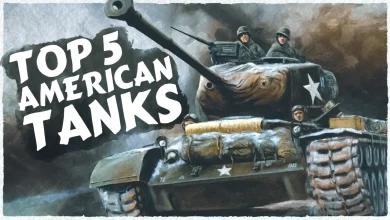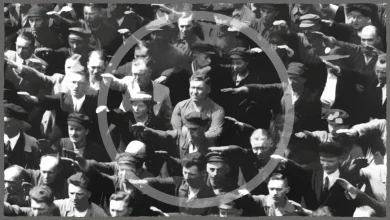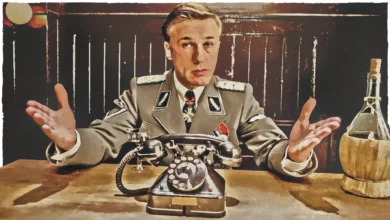5 Most Brilliant High Commanders of World War 2

Sun Tzu, one of the world’s most legendary military strategists, wrote: “Strategy without tactics is the slowest route to victory. Tactics without strategy is the noise before defeat.” The most brilliant commanders put both into practice to achieve devastating victories. This was as true in ancient China as it was in the Second World War, and in this article, we’ll be shedding light on five of World War Two’s most brilliant high commanders.
Georgy Zhukov
Stalin was never one to shy away from assassinating anyone he saw as a potential rival, except for one man, one so well respected and loved by the Soviet people that he was untouchable: Zhukov.
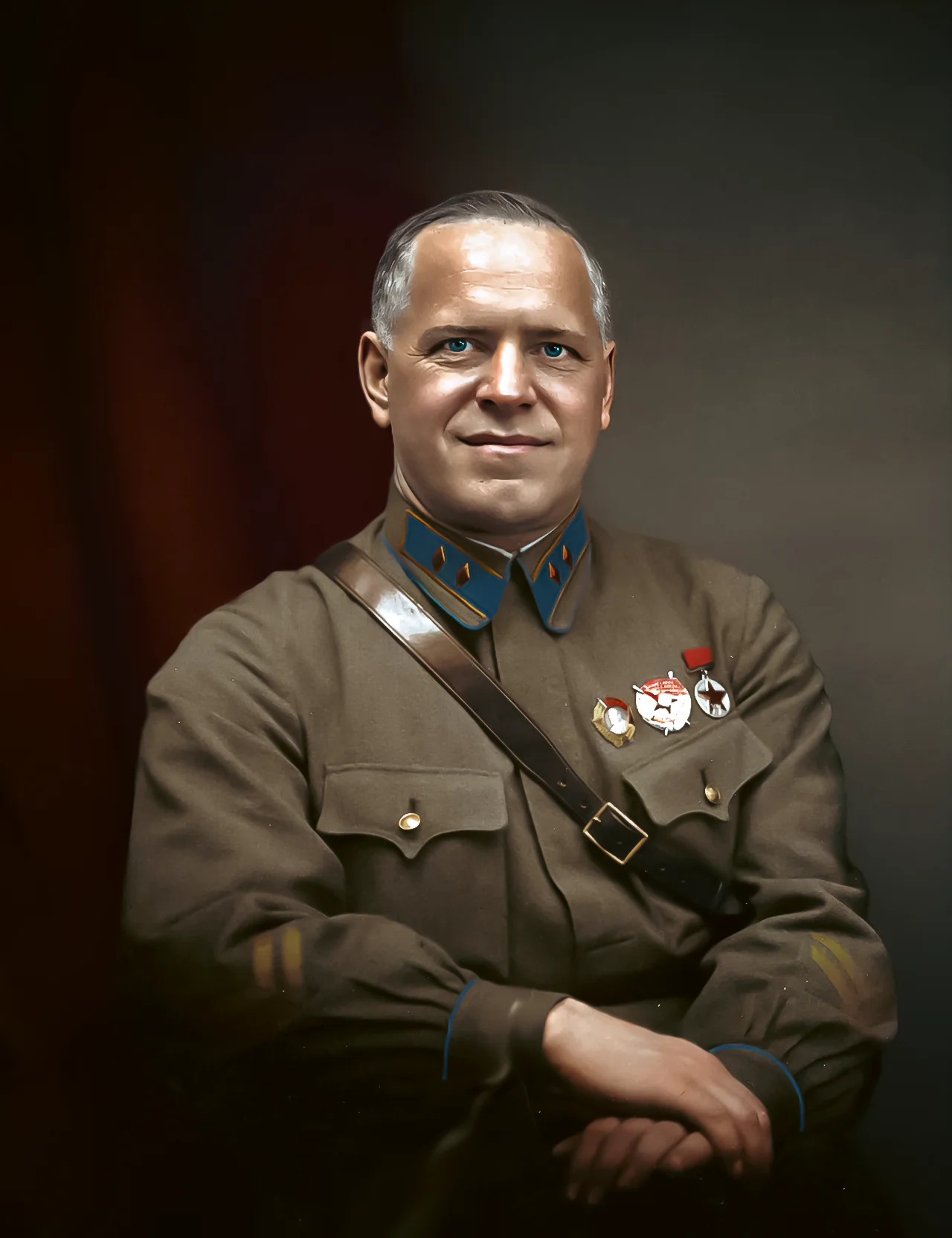
Born a peasant, young Zhukov was conscripted into the Tsar’s army during the Great War. He joined the Bolsheviks after the 1917 Revolution and served with distinction in the civil war. Everywhere he went, he collected accolades and awards for his bravery and inspired leadership.
But his real test came in August 1939, during the Battle of Khalkhin Gol—the decisive battle of the Soviet war against Imperial Japan. 80,000 crack Japanese troops and their allies were massed at the Mongolian border, preparing for a full invasion of the Soviet Union. Zhukov had less infantry but more high-quality tanks than the Japanese, and he made the most of this advantage.
Feigning a Great War-style artillery bombardment and frontal assault, Zhukov masterfully manoeuvred his tank brigades on the Japanese flanks. While the Japanese infantry were distracted by the attack, Zhukov encircled them with his armour. They tried desperately to break out, but the Soviets held firm, crushing the cut-off Japanese. Zhukov was awarded the title “Hero of the Soviet Union” for this victory. Four years later, he was awarded another—for using the same strategy in the Battle of Stalingrad.
Isoroku Yamamoto
The best commanders need both a deep understanding of tactics and strategy to win, but not all are equal parts tactician and strategist. This was certainly true of Japanese Admiral Yamamoto.
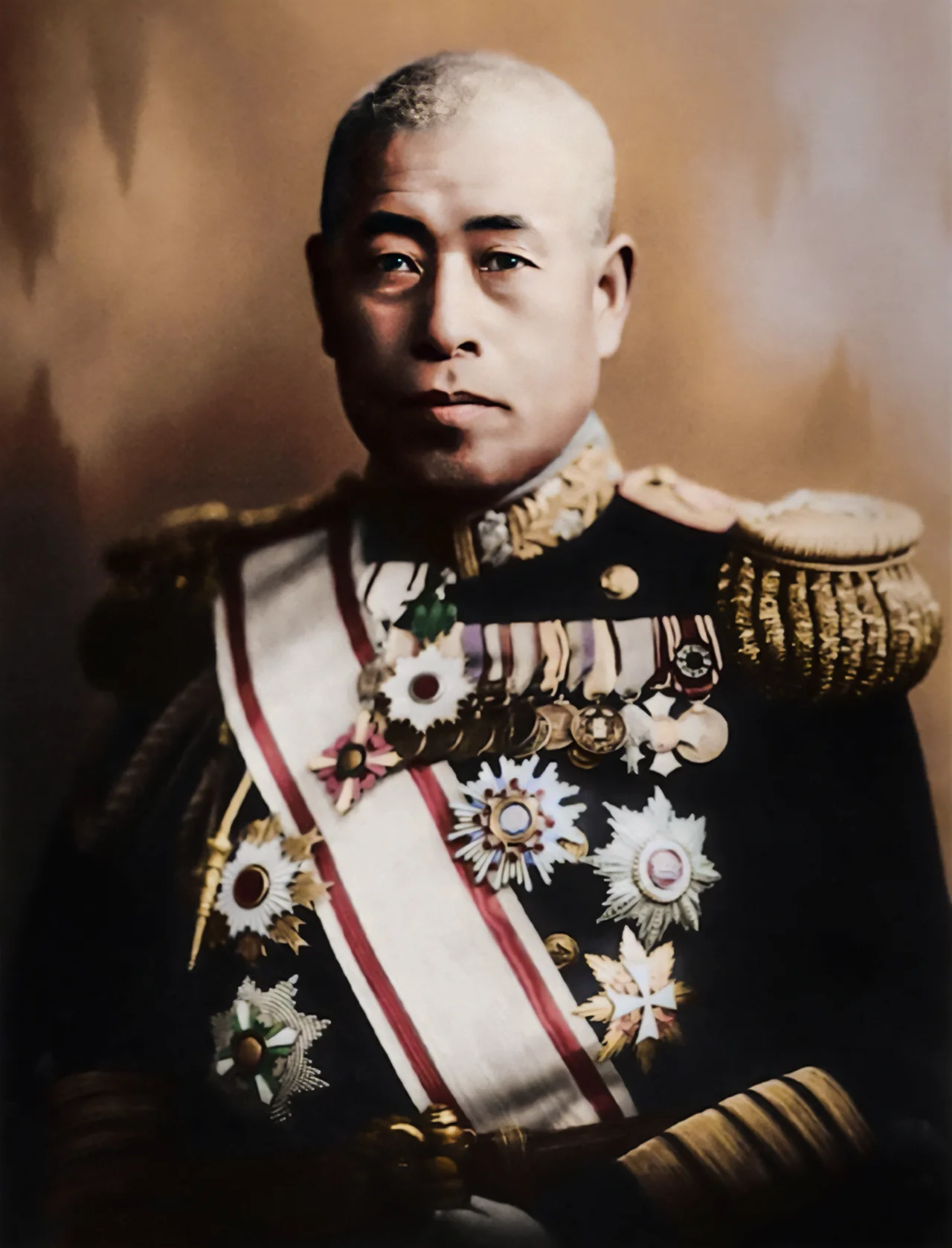
Yamamoto was destined for a life of service. After a stint in the Naval Academy and a wound in the Russo-Japanese War, he was adopted into a samurai clan aligned with the Imperial Navy. These connections saw him promoted quickly and he travelled extensively on official business to the United States.
By 1940, this experience had given now-Admiral Yamamoto a big-picture perspective no one shared. He knew the Japanese could sink the US fleet, but he also knew that if they did, the Americans could build another one—an impossible task for Japan.
He cautioned the warmongers: “Should hostilities break out between Japan and the United States, it would not be enough that we take Guam and the Philippines, nor even Hawaii and San Francisco. … We would have to march into Washington[.] … I wonder if our politicians … are prepared to make the necessary sacrifices.” But he was ordered to war anyway, and virtually prophesied the downfall of the Japanese Navy.
Erwin Rommel
While Yamamoto was strategising in the East, a German tactician was making his presence known in the West. Known as the Desert Fox for his expert surprise attacks, Rommel carved a path of destruction in North Africa.
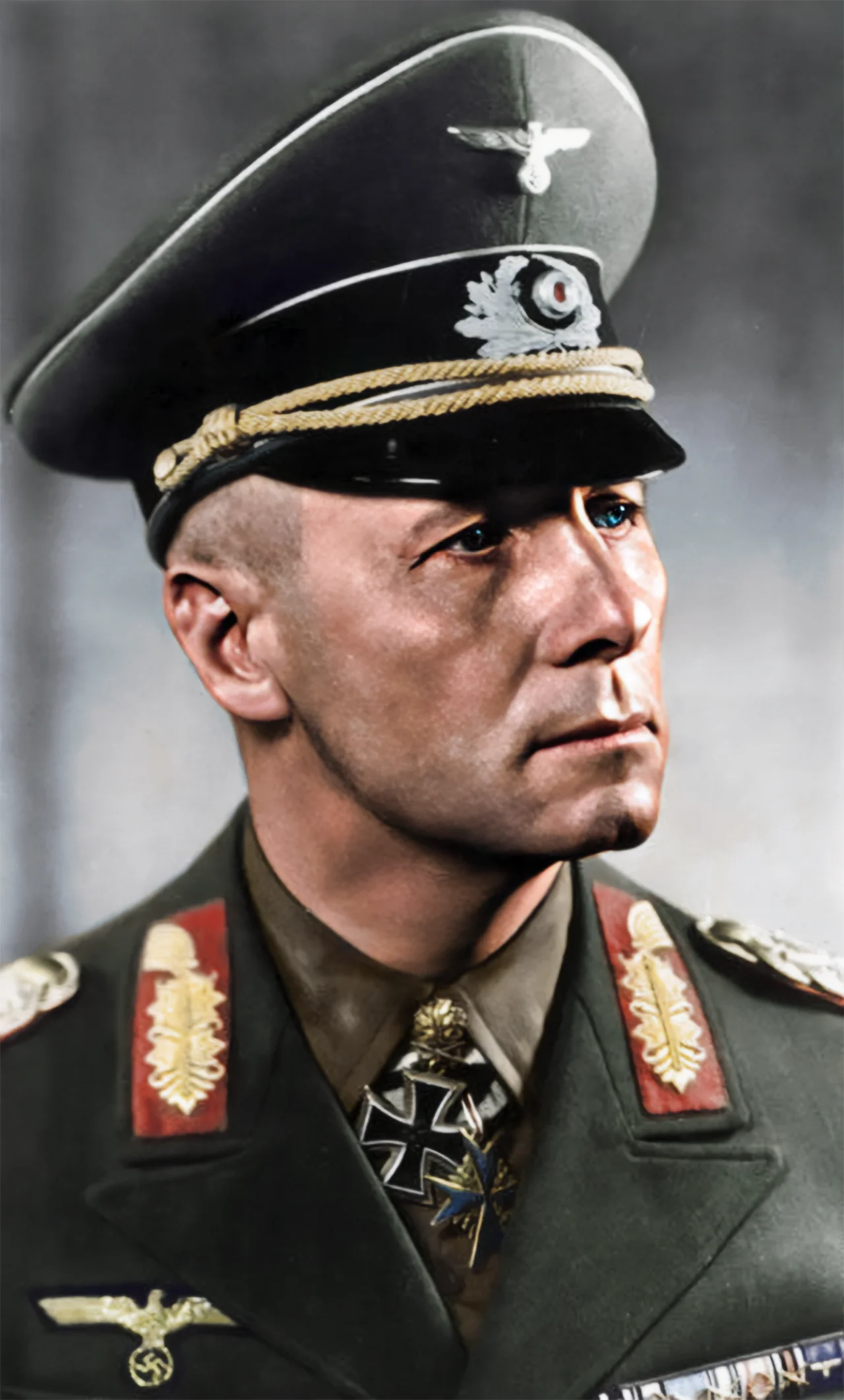
Rommel commanded soldiers in action for the first time during the Great War, where he led his men in France, Romania, and Italy. During this formative time, he developed tactics for surprise attacks and was also rewarded for bravery on several occasions.
But it was in the Second World War that Rommel really showed what he could do, specifically in the North Africa Campaign. His greatest victory was the Battle of Gazala, where he comprehensively defeated the British over 25 days between May and June 1942.
By feigning an attack south of Tobruk, Rommel drew British attention away from his main armoured thrust in the north. When the British counterattacked, Rommel concentrated the bulk of his forces on small numbers of the enemy and broke them bit by bit. The plan was ingenious and allowed Rommel to defeat an enemy force much larger and better-supplied than his own.
Joseph Goebbels wrote privately about Rommel, stating, “He is a troop leader with a gift for improvisation, personally courageous and extraordinarily inventive. These are the kinds of soldiers we need.”
William Slim
While Rommel was winning fame and glory in Africa, another general was fighting a forgotten campaign with a forgotten army in Burma. His name was William Slim, and he may have been the best British general of World War Two.
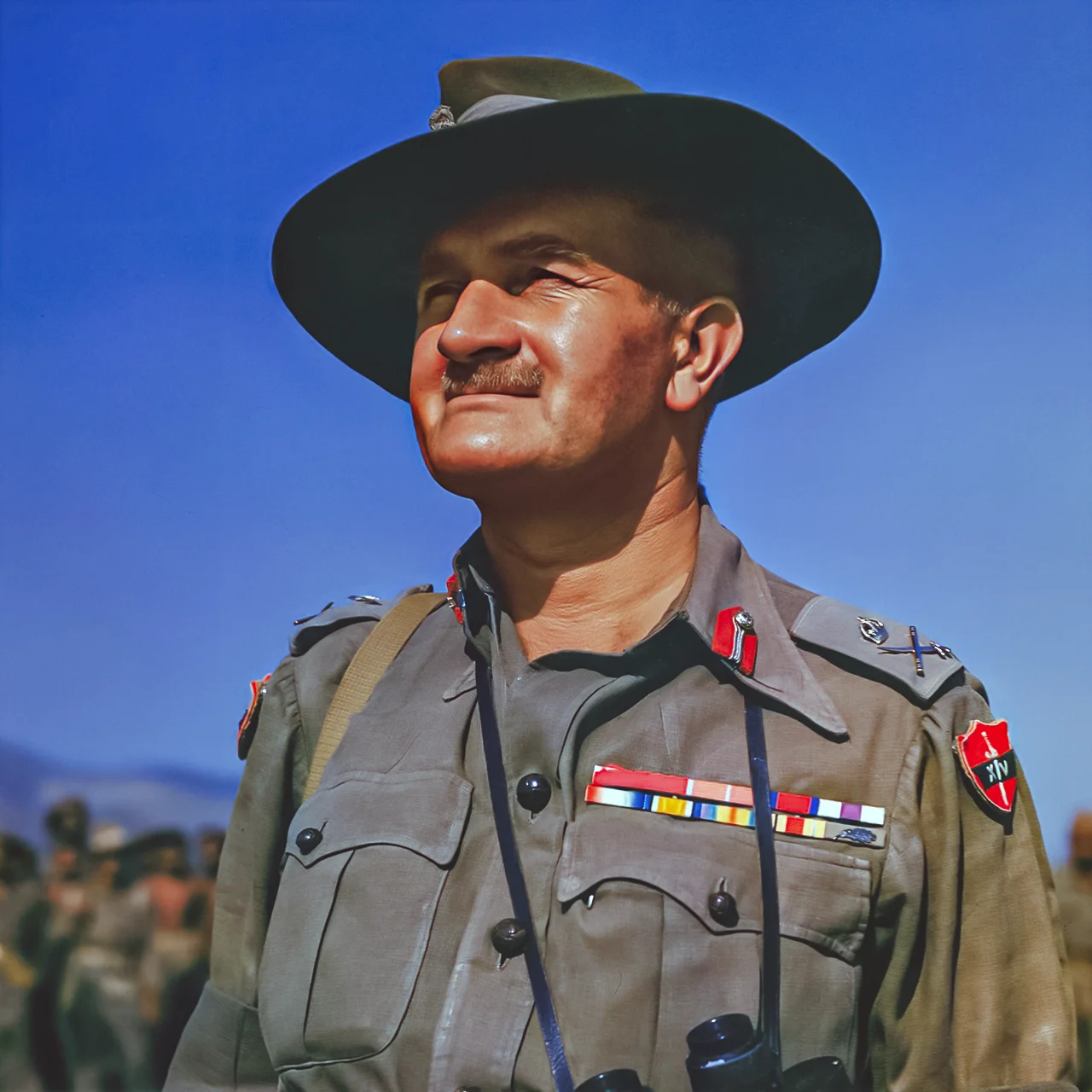
Slim was born lower-class, so appointment as an army officer was initially off the table for him, but he found a way around it. Joining the Birmingham University Officers’ Training Corps, he managed to secure a temporary commission just in time for the First World War. After a grevious wound at Gallipoli, he spent much of the war with various colonial Indian regiments, and it was with these men that he learned the art of war.
In 1942, Slim, now a lieutenant general, received command of the defeated Burma Corps. He immediately got to reorganising the army to better fight the Japanese. He sent out frequent night patrols to familiarise men with jungle fighting, got SOE involved in operational planning, and swapped his transport vehicles for mules after seeing pack animals were more reliable than trucks in the trackless jungle. Noting the Japanese soldiers fought to the death, he also stopped attacking them head-on, going after their supply lines and starving them out instead Slim’s innovations were inspired, and they won him the war in Burma.
George S. Patton
Last, but certainly not least, is a general whose hard-driving personality and controversial actions won him fame and infamy. Named by many as the best US commander of the Second World War, we’re of course talking about George S. Patton.
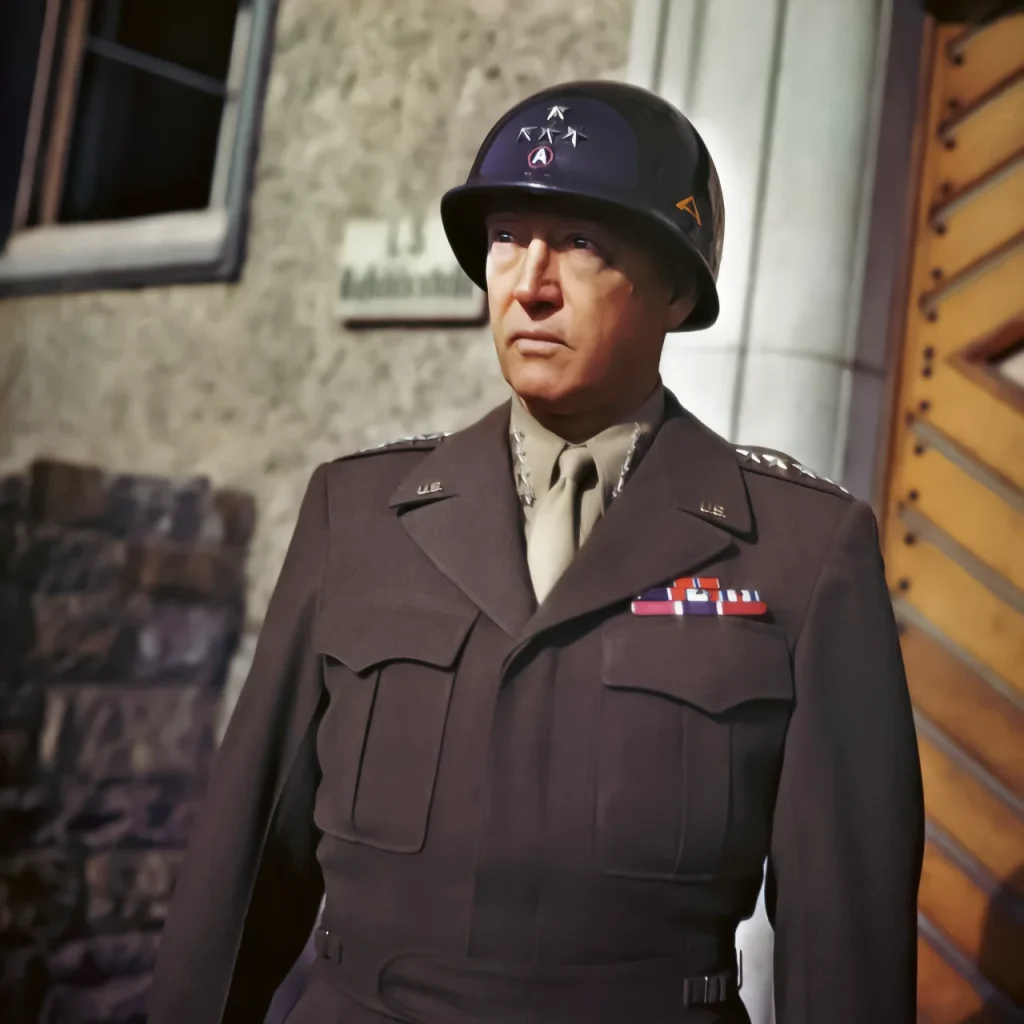
Patton’s early life was coloured by the military and sports. He attended West Point and competed in the 1912 Olympics—his speciality being fencing. One of his first actions was to redesign the US Cavalry’s sword training program and develop a new type of sword, known as the Patton Sabre. He then served in the Mexican Revolution and World War One, where he gained a reputation for swift aggressive attacks.
In 1942, General Patton took over the demoralised US 2nd Corps, which had lost a succession of battles to Rommel, and won the Tunisia campaign. He then fought in Italy and was the first Allied commander to reach the city of Messina, a key strategic objective. After the D-Day landings, Patton drove his Third Army hard across France in a strategy known as the “Blitzkrieg in reverse.” His aggressive down-to-earth style won him the respect of ordinary soldiers but often saw him butt heads with fellow generals.
More than anything, Patton is remembered for his leadership, summarised in a famous quote: “We herd sheep, we drive cattle, we lead people. Lead me, follow me, or get out of my way.”
Bonus: Grigory Kulik
But not every general was as strategic as Yamamoto or as tactical as Rommel. Not every general was a hard leader like Patton. One general, in fact, didn’t have much of anything, except for a friendship with Stalin. By far the worst general of the Second World War was Grigory Kulik.
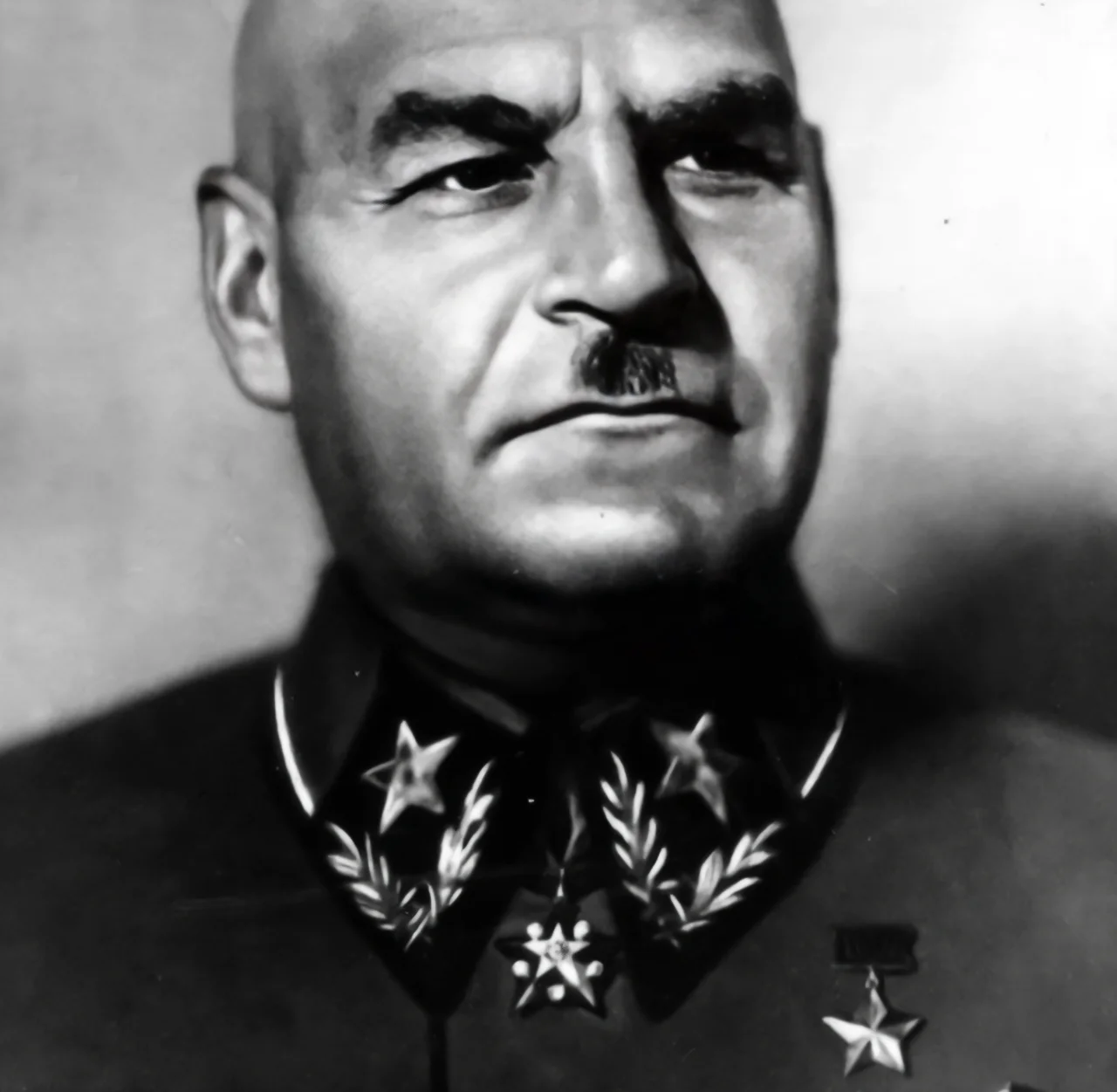
Kulik became mates with Stalin in 1918, when he commanded three obsolete artillery pieces which had no impact at all on the Battle of Tsaritsyn. This was more or less all of his military experience, but his political reliability saw him rise as one of Stalin’s favoured generals. Put in charge of the Soviet Union’s artillery before the Second World War, Kulik made a lot of terrible decisions.
Firstly, he tried to stop tank development and construction because he thought they were pointless. When Stalin overruled him, Kulik stopped tank shell production instead. Because of this, hundreds of tanks went into battle with no shells, relying solely on their machine guns.
Even better than that, Kulik outright banned his infantry from using submachine guns. He thought they were pointless too. When he found out the Katyusha rocket was going into mass-production, he was furious, declaring, “What the hell do we need rocket artillery for? The main thing is the horse-drawn gun.”
But his luck ran out in 1947 when the NKVD arrested him. Believe it or not, Stalin was worried Kulik was too capable and ordered him killed.
